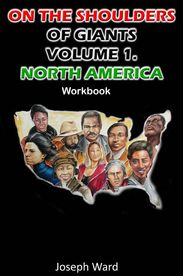|
In 1807, the Slave Trade Act was passed which prohibited slavery within the British Empire, this was the first legal document that eventually led to the total abolishment of slavery. The act specifically prohibited the transportation of enslaved Africans within the British Empire. In 1833, the Slavery Abolition Act was passed which made slavery illegal within the British Empire. Though the acts were passed, a system of apprenticeship was created for all enslaved people over the age of six, the apprentices were still enslaved and used as a labor force for the enslavers. The apprenticeships were officially ended in 1848 granting the enslaved Africans a brief moment of freedom. The Apprenticeships came to an end as a result of the continued protest by the enslaved African people in the Danish West Indies. After the enslaved Africans were freed, they were forced to sign contracts that basically reenslaved them to the plantations they were previously bound to. The protest started on the Island of Saint Croix on October 1st of 1878, or “Contract Day”, as the African people gathered to protest the horrible working conditions they were forced to endure. Fredricksted was the site of the protest on the Island of Saint Croix. The gathering began as a peaceful protest against the inhumane treatment the African people faced, soon rumors of an African person being critically injured or killed by a Danish soldier spread quickly leading to the African people throwing stones at the soldiers. The soldiers opened fire upon the Africans before fencing themselves in a fort for protection. The Africans attempted to take over the fort but were unsuccessful,l so they began taking over and burning down around fifty plantations, homes, businesses, and more. Queen Mary, Queen Agnes, and Queen Mathilda were three of the leaders of the Rebellion. The rebellion is known as “The Fireburn” because the queens helped to burn down more than half of the city of Frederiksted. The Three Queens inspired their fellow African people to gain their freedom by any means. The Danish fought the African people for two weeks to suppress the rebellion. The African people fought long and hard behind the leadership of the Three Queens, many lives were lost but the rebels were able to burn over nine-hundred acres of plantation land before the Danish suppressed the rebellion killing over one-hundred Africans. The Danish quickly established a rigged court system designed to determine the fate of over four-hundred rebels who were captured. Of the four-hundred Africans captured, twelve of them were killed by a firing squad, thirty-four of them were sentenced to hard labor for an extended amount of time, five of the rebels including the Three Queens were sentenced to a life of hard work in prison. A year after the rebellion the Danish forced the African people to sign new contracts that did not improve the working conditions for the Africans. In 1882, Queen Mary was around the age of forty when she was shipped to a prison in Copenhagen, Denmark, before being sent back to Christiansted to serve her prison sentence until her death. Queen Mary was the most well-known of the Three Queens, she is said to be linked to every rebellion on the island of Saint Croix and was adamant about the rebels being committed to gaining their freedom. There isn’t much information about Queen Mathilda and Queen Agnes, we do know Queen Mathilda was only twenty-one years old when she joined the rebellion, she along with Queen Mary was the mother of three children. In 2005, the memory of the Three Queens was captured in the form of a memorial fountain called the “Three Queens Fountain” that overlooks Charlotte Amalie City on the Island of St. Thomas. These three remarkable women valued their lives, their freedom, and their people. They were willing to leave their families to fight for their freedom and the freedom of their people. To the Three Rebel Queens of the Fire Burn, Queen Mary, Queen Mathilda, and Queen Agnes, we proudly stand on your shoulders. J.A. Ward Click here to learn more about the On the Shoulders of Giants book series!!!! References:
https://blackartblog.blackartdepot.com/black-history/three-rebel-queens-virgin-islands.html#:~:text=These%20brave%20rebel%20women%20were,known%20as%20the%20%E2%80%9CQueens.%E2%80%9D https://www.virgin-islands-history.org/en/history/fates/the-three-rebel-queens/ https://kentakepage.com/fireburn-the-three-queens-of-the-virgin-islands/ https://en.wikipedia.org/wiki/1878_St._Croix_labor_riot https://en.wikipedia.org/wiki/Slavery_Abolition_Act_1833 https://en.natmus.dk/historical-knowledge/historical-themes/danish-colonies/the-danish-west-indies/the-abolition-of-slavery/
0 Comments
Around the year 1851, an Ethiopian Nobel family who were descendants of royalty, Ras Betul Haile Maryam and his wife Yewibdar, gave birth to their third of four children Taytu Betul Hayle Maryam, a little girl who would grow up and become a legendary Ethiopian ruler. Taytu was born within the Oromo Ethiopian Empire and is linked to the Solomonic dynasties. It is said that as a young girl she was subjected to female genital mutilation which left her unable to bear children. Within the first month of her birth, she was baptized and given the baptismal name of Walatta Mikael. Around 1853, Taytu’s father died from lingering battle wounds, after a while, her mother remarried a man who was an administrator for the monastery in Debre Mewi, this is the location many people believe Taytu received her education. It was not common for Ethiopian women to receive an education at that time but Taytu was the exception, she could read and write in the Amharic language and could even understand the Ge’ez language. She was remarkably gifted, her hobbies were playing chess, writing poetry, and playing instruments such as the begenna and the lyre; both the begenna and the lyre are string instruments similar to a guitar. Around the age of ten, Taytu was married to her first husband, a marriage that was not ideal or even lasting. Information suggests that her first husband committed a crime and was punished but Taytu was forced to experience her husband’s punishment with him. It is said that her second marriage ended after she was beaten by her husband. When she left him she was able to take a good portion of his wealth and servants with her. She would marry and divorce once more before she was married to the prominent Menelik II of Shewa, who would eventually become the Emperor of Ethiopia. At the time of Taytu and Menelik’s marriage, Melelik was heir to the Ethiopian Empire that was ruled by Tewodros II. It took around ten years before Menelik was able to escape the rule of Tewodros and eventually be named the ruler of Shewa in 1865. Taytu was an asset to the Ethiopian empire because of her brilliance as a leader which was displayed before and after her marriage to Menelik. She was able to deny the idea of reconstructing Ethiopia by a group of people considered progressive. With Taytu at his side, Menelik would be able to become Emperor of Ethiopia and build a powerful independent African Empire. Because of her brilliance and bravery, Menelik would consult Taytu about matters that concerned his Empire, he believed in her and knew she would not betray him or their people. Menelik built partnerships with Italy and France who were looking to take control of African countries before the British were able to. With Italy and France considering Menelik as an Ally, Italy was also plotting on encroaching on Ethiopian land and eventually taking over, but not on Taytu’s watch. The Italian army was stationed along the border of Eritrea and had begun to move inland but Taytu was not going to sit back and watch her people be conquered. Menelik II officially became the de facto Emperor of Ethiopia in 1889 and immediately began to improve his empire. Menelik was influenced by Taytu to found the eventual Ethiopian capital city of Addis Ababa in 1886; a location that was chosen by Taytu. Menelik and Taytu went on to upgrade the empire by adding modernized roads and bridges, allowing them to be able to travel easier and engage in more trading. They implemented a tax system, created railways, a national bank, telephone service, hospitals, a medical system, a postal system, an updated education system, they even established a new system of currency within the empire. Ethiopia was an empire that was able to compete with the rest of the modern world. Menelik’s power was challenged by rebel forces led by a man named Zegeye while he was away with most of his Army, Zegeye saw this as an opportunity to possibly seize power, he was not prepared for the bravery of the Empress of Ethiopia. Taytu received a letter stating that the capital city at the time Yejju would be overrun by rebel forces because the Empress did not have enough troops to fight back. Taytu wrote a letter back to Zegeye and the rebel forces, she also sent three hundred troops to defend the capital city. She replied to them stating that she doesn’t want to have an armed conflict with Zegeye, but if he decided to disrespect the empire she would become his mortal enemy and bring warfare to his front door. The rebel troops were afraid to attack the capital city and were eventually turned away by the royal troops who even captured some of the rebels. With or without her husband being present, Taytu was not one to be messed with. In 1889, Taytu played a huge role in the dissolving of the Treaty of Wuchale which Menelik signed with Italy, a treaty that was supposed to create a working relationship between Italy and Ethiopia. The problem with the treaty is that it was written in two languages, Italian and an Ethiopian language, the Italian version gave Italy legal power and control over Ethiopia. When Taytu learned of this she tore up the treaty and it led Menelik to declare war against Italy. Menelik and Taytu led one-hundred thousand forces against seventeen thousand Italian troops; the Italians would underestimate their African foes. Menelik ordered the first attack on the Italian forces but was unsuccessful in this attempt. Taytu devised a plan to cut the Italian water supply at the fort they were occupying. For nine days the fort was under siege with its water supply cut, the troops were forced to surrender and the Ethiopians took the fort. The Battle of Adwa began in 1896. Led by Menelik and Taytu, the Ethiopian forces were able to use strategy and force to outsmart and outgun the Italians who suffered a great defeat. The Ethiopian victory over the Italians made front-page news worldwide embarrassing Italy. At that time not many African nations were victorious over European nations, also if an African nation was victorious it was not public news. Many European news outlets spread lies about Menelik and Taytu making them look like blood-thirsty monsters, but they were actually African leaders who defeated a “mighty” European nation. Many European nations resented Taytu because she convinced Menelik to defend his land and people rather than just become allies to European nations. I say she did what any self-respecting ruler would do, not sell out to their enemies. Menelik II suffered a major health issue in 1906 amid Tatytu tirelessly working to preserve her family’s power. Menelik named his grandson Iyasu his successor before dying in 1913. Iyasu was eventually replaced by Taytu’s granddaughter Zautitu as Empress of Ethiopia. Tatyu died in 1918, leaving a great legacy of helping Ethiopia become an African power under the rulership of Menelik II. She was able to uplift her nation, defeat a European nation, and empower black women all over the world. Taytu Betul Hayle Maryam, we proudly stand on your shoulders. J.A. Ward Click here to learn more about the On the Shoulders of Giants book series!!! On April 7th, 1842, Allen Allensworth was born into slavery in Louisville, Kentucky, to parents Levi and Phyllis Allensworth; Phyllis and Levi produced thirteen children, but like many enslaved families a number of their children were sold away, the other either ran away or brought their freedom. Allen was the youngest of his siblings and was given to Thomas, the son of Bett and A.P. Starbird as his personal slave; A.P. Starbird was the owner of Phyllis Allensworth. When Thomas began his schooling he would secretly teach Allen how to read, it was discovered that Allen was reading and he was immediately sent to live with a woman who was a Quaker named Mrs. Talbot, the irony was Mrs. Talbot continued to teach Allen how to read and write. Bett Starbird learned that Allen's education was continuing under the care of Mrs. Talbot, she took him back before sending him to live with her brother on a plantation in Henderson, Kentucky. Allen was under the ownership of Mr. Smith who was set on preventing him from learning anything more than what he already knew; he was also assigned as a house slave and was often punished for attempting to read, these events led him to his first attempt at escaping slavery, which was unsuccessful. After a few failed attempts at escaping slavery, Allen was eventually sold to a man named Fred Scruggs in Jefferson, Louisiana, where he became a jockey racing the horses owned by Fred Scruggs; because Allen could read and was pretty good at racing horses he was seen as valuable to Scruggs. Allen still longed for his freedom. Around 1862, Allen encountered a group of soldiers from the 44th Illinois Volunteer Infantry Regiment, he expressed his longing for freedom, the soldiers invited him to join the Hospital Corps associated with them and he accepted the invitation. As the regiment was leaving Louisville they gave Allen some of their clothing to hide from his slave master, he also covered his face with mud altering his look allowing him to slip past his master gaining his freedom. With his newfound freedom, Allen continued with the Hospital Corps as a nursing aide before enlisting with the US Navy. While in the Navy, Allen not only received his first payment as a free man he served on the gunboats Queen City and Tawah and was promoted to the Captain's Stewart and Clerk. After serving two years on the Queen City and Tawah Allen moved back to Kentucky, he then moved to St. Louis, Missouri where he reunited with his brother William, the two opened two restaurants before they eventually sold the restaurants. Allen moved back to Louisville and enrolled into the Ely Normal School to continue his education, he later began teaching children at a Freedmen’s Bureau school before enrolling into the Nashville Institute which was later named Roger Williams University. Allen did not graduate but he was eventually given an honorary Masters of Arts from Roger Williams University. His next step was studying theology in Tennessee in 1870, in 1871 he was ordained as a Baptist Preacher after becoming a regular attendee of the Fifth Street Baptist Church in Louisville, Kentucky, and began preaching in Franklin, Tennessee. Allen became a teacher in Georgetown, Kentucky in 1875, he also became a financial agent for the General Association of the Colored Baptists in Kentucky. Allen, along with other black teachers and preachers in Kentucky joined together to found The State University which is now the Simmons College of Kentucky, a historically black college. Allen not only helped to found the university but he also helped to determine the salary of the university’s president at the time and served on the board of trustees. His next accomplishment was becoming the Pastor of the Harney Street Baptist Church where he helped to increase the size of the congregation so much that a new building needed to be built and the church was renamed to the Centennial Baptist Church. Allen married a woman named Josephine Leavell in 1877, she was a well-known piano and organ teacher; the couple produced two children. Allen moved to Bowling Green, Kentucky to preach and he also became a public speaker, he was appointed the Sunday School Missionary for the state of Kentucky, as well as, the Sunday School Superintendent. Allen Allensworth was accomplishing many things and he added to his resume by serving as the state of Kentucky’s only black delegate for the Republicans National Convention in 1880 and 1884. In 1886, Allen was appointed by the northern and southern politicians as the Chaplin for the U.S. Army, his appointment was confirmed by the Senate and the president of the United States of America. He was one of the few black Chaplins in the U.S. Army and was assigned as Chaplin for the Buffalo Soldiers and was able to serve as Chaplin as far west as the state of Montana. Allen authored two educational manuals Outline of Course of Study, and The Rules Governing Post Schools of Ft. Bayard, N.M., manuals that became a part of the regular curriculum for the U.S. Army. Allen retired from the U.S. Army in 1906 as the first black person to become a lieutenant colonel. In 1908, Allen Allensworth realized his dream of creating an all-black self-sufficient black community when he established the city of Allensworth, California, in Tulare County. Allensworth, California was said to be Allen's "Tuskegee of the West", as he and Booker T. Washington were both admirers of each other. Allensworth grew from a small community to a successful city with homes, streets laid out, public buildings, a church, an orchestra, a voting precinct, the schools even became a part of the Tulare County school system. The city of Allensworth faced several difficulties working to remain a self-sufficient black-owned city, the Santa Fe Railroad which brought business to the city was moved to another city negatively impacting the economy of the city. On September 14th, 1914, Allen Allensworth was hit by a motorcycle and unfortunately killed. The site of the town of Allensworth, California was preserved by the state of California and the California African-American Museum. The Allen Allensworth State Historic Park was created to commemorate the only all-black city in California to be founded and financed entirely by black people, led by the vision of Allen Allensworth. To the man who began life as a slave, escaped slavery, became a pastor, educator, U.S. Army Chaplin, author, the first black lieutenant colonel for the U.S. Army, and established his own all-black city in California, Lieutenant Colonel Allen Allensworth, we proudly stand on your shoulders. J. A. Ward Click the link to learn more about the On the Shoulders of Giants book series!!!
References: https://en.wikipedia.org/wiki/Allen_Allensworth https://americacomesalive.com/allen-allensworth-1842-1914-former-slave-founded-town/ https://aaregistry.org/story/allen-allensworth-influenced-early-california/ https://docsouth.unc.edu/neh/alexander/alexander.html |
Details
Categories
All
Click Here to join our mailing list
|
Contact Us: |
Connect With Us |
Site powered by PIT Web Design

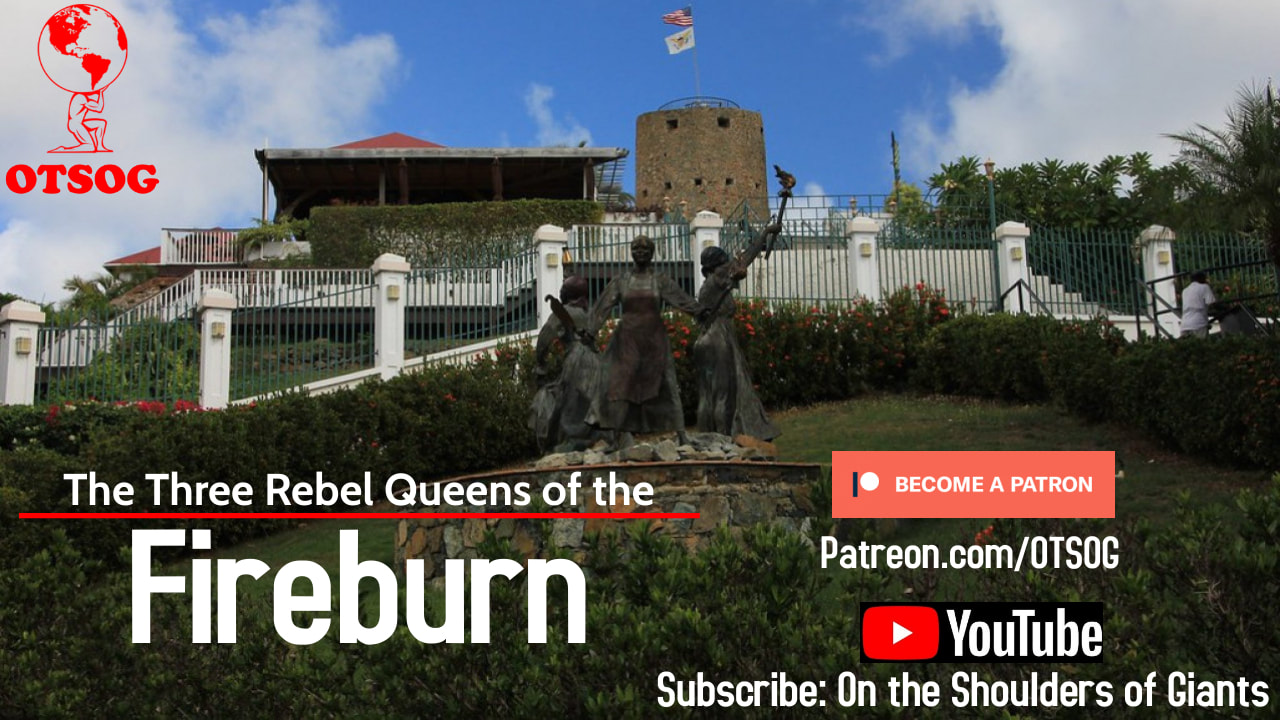
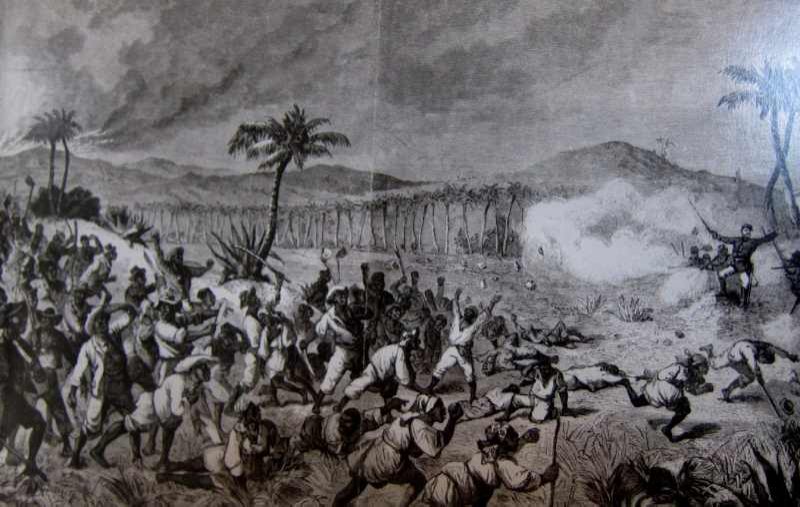
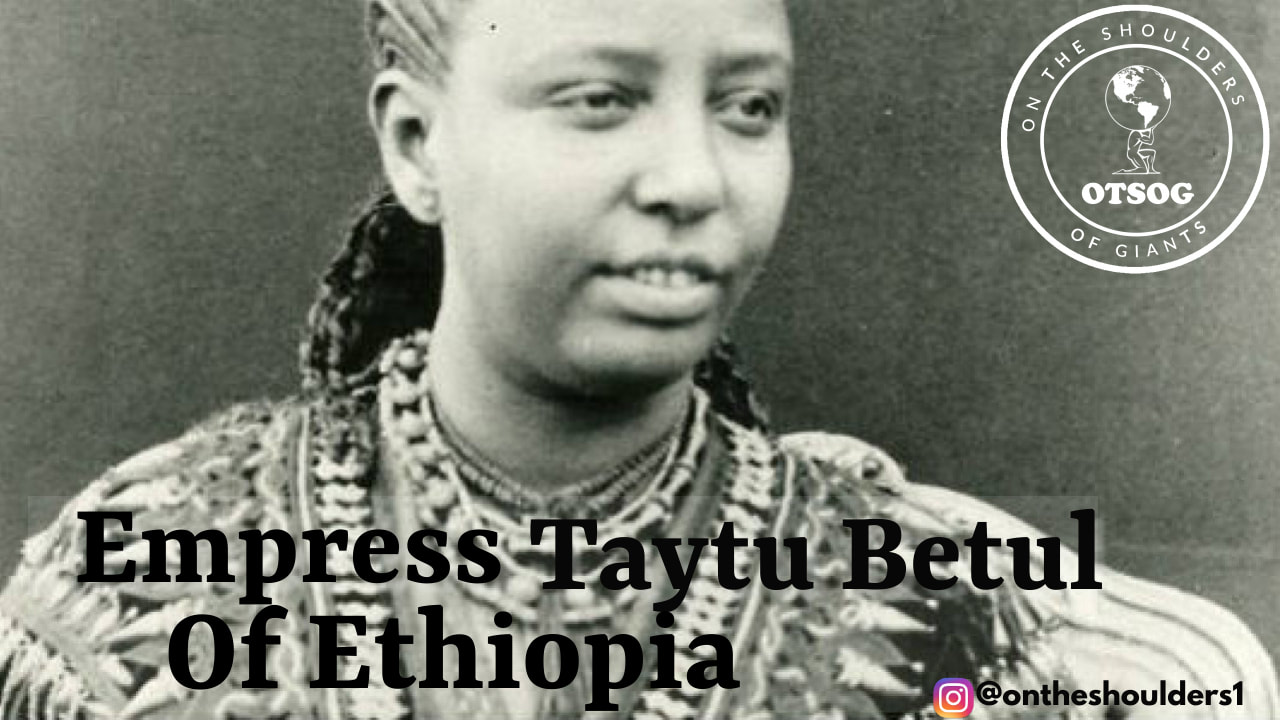
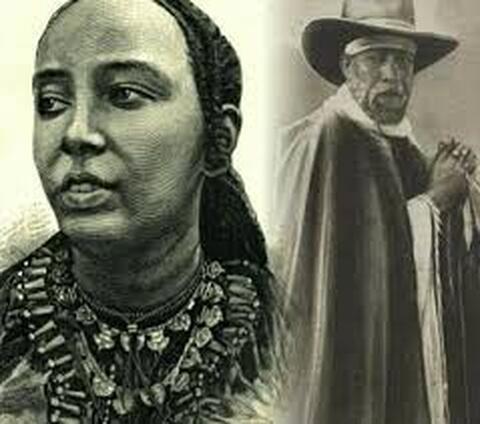
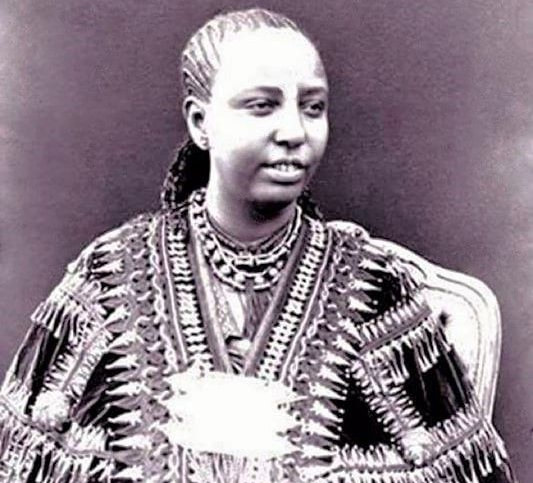
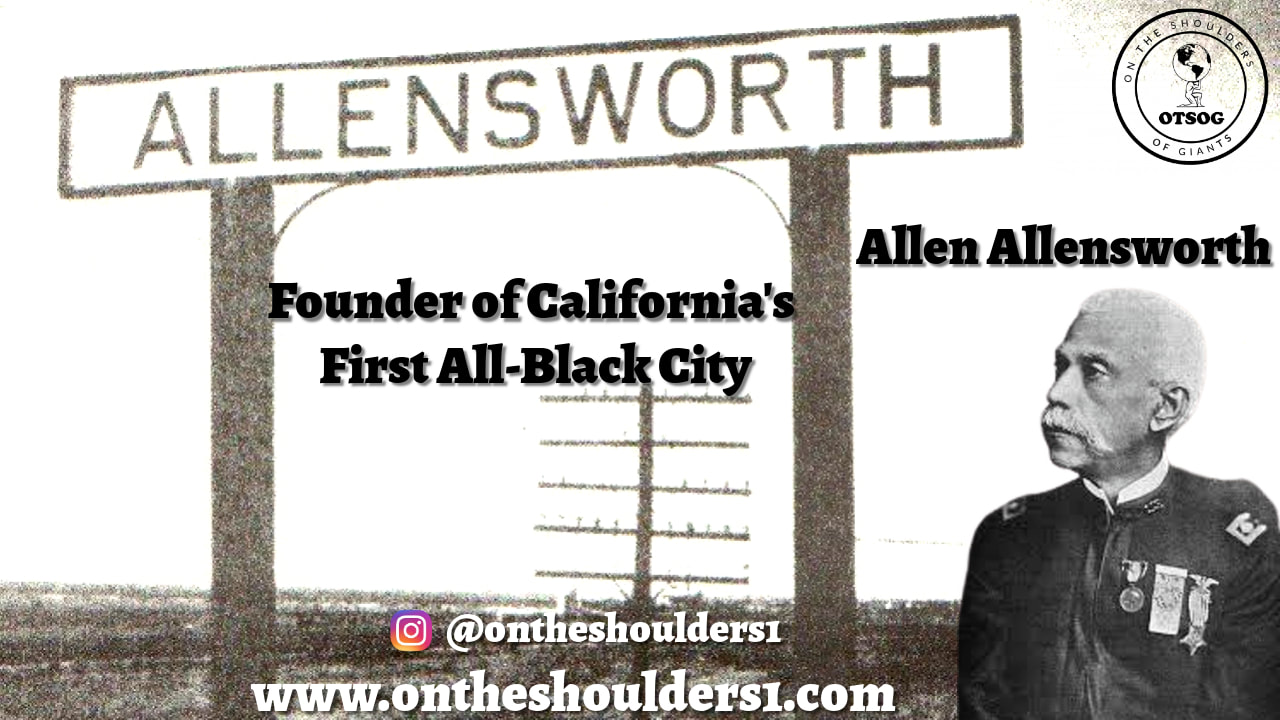
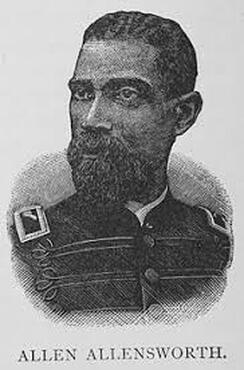

 RSS Feed
RSS Feed

